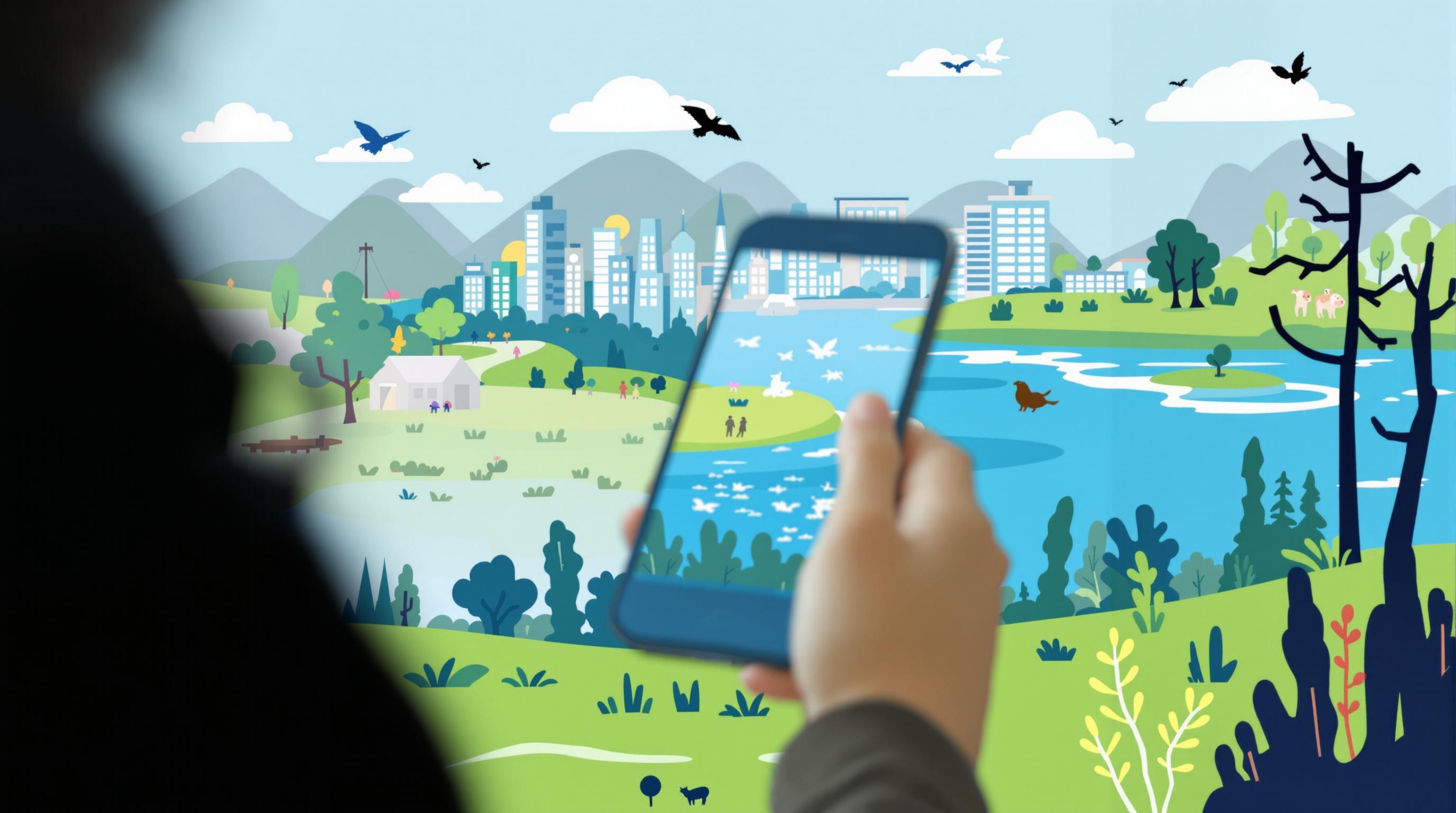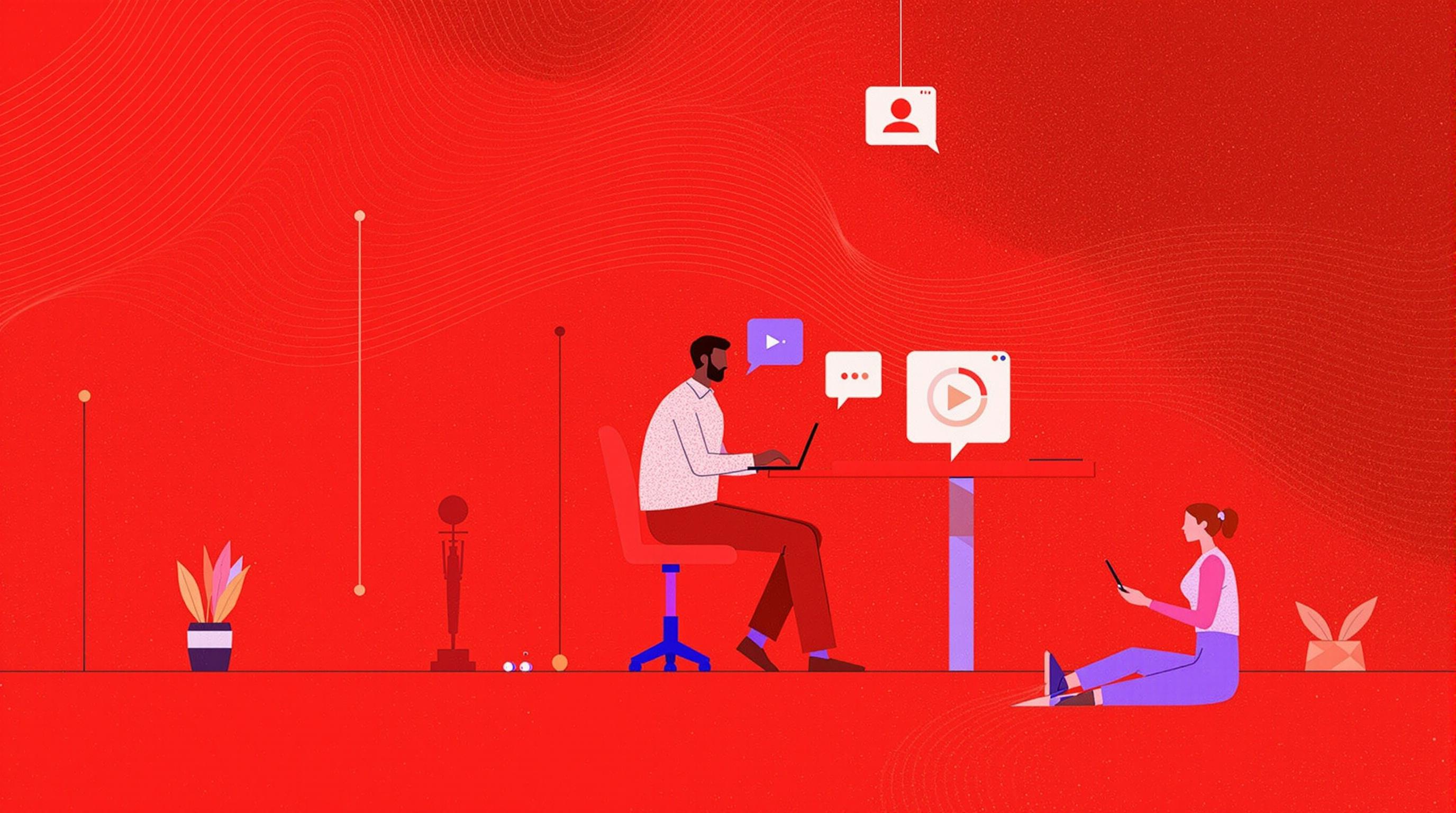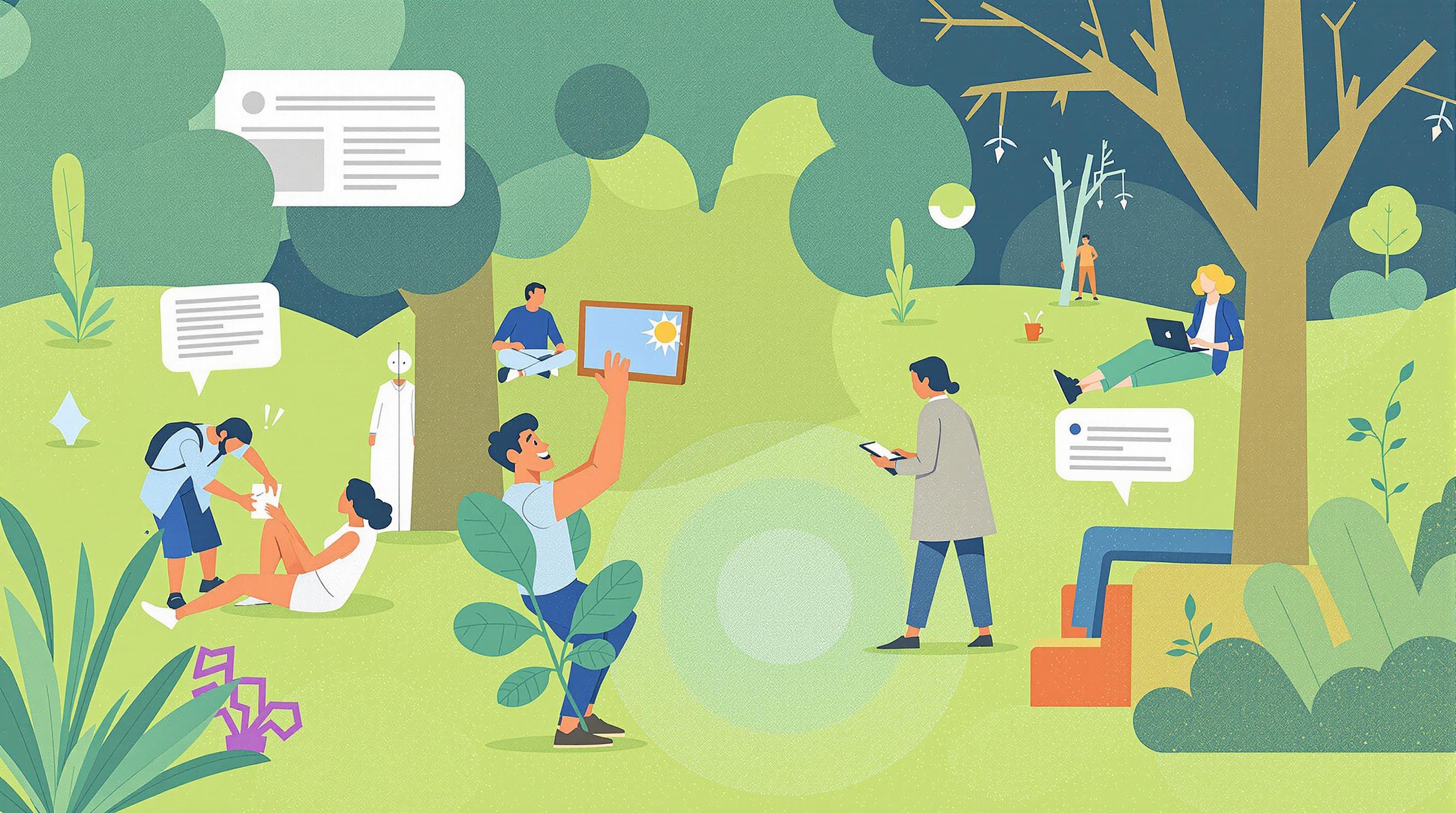Related Articles
- Navigating the Talent Labyrinth: How Emotional Intelligence Is Shaping New Hiring Practices in Unseen Markets
- Behind the Scenes: How Automating HR Processes Is Redefining the Future of Recruitment and Job-Seeking Strategies
- Beneath the Surface: Unveiling the Surprising Role of Environmental Sustainability in Shaping Future Careers
- Exploring the Quirky Side of Remote Work: How Hobbies Are Fueling Professional Success in Unexpected Ways
- How the Remote Revolution is Inspiring Unlikely Friendships Across Continents: A Study of Global Connectedness
- The Unforeseen Bond: How Virtual Coworking Spaces Foster Unexpected Connections Amidst Remote Work
Exposing the Gig Economy: How Remote Jobs Are Influencing Urban Wildlife and Community Ecosystems
Exposing the Gig Economy: How Remote Jobs Are Influencing Urban Wildlife and Community Ecosystems
In the sprawling landscape of urban centers, the rise of remote jobs has started to create ripples beyond mere employment metrics. This article explores how the gig economy is unwittingly reshaping urban wildlife and community ecosystems, with surprising consequences for both nature and society.
The Gig Economy: A Lifeline for Workers
The gig economy has exploded over the past decade, fueled by technological advancements and a desire for flexible work environments. As of 2023, estimates suggest that over 59 million Americans engage in some form of gig work, herding them into a vast network of freelancers, remote workers, and contract employees (Statista).
For many, these remote jobs have been a godsend. Imagine a world where you can clock in from your cozy couch or a beachside café, sipping on a smoothie while tapping away at your laptop. It’s a dream come true for a certain segment of the workforce. In fact, a survey indicated that 75% of respondents appreciated the flexibility that remote jobs provide (FlexJobs, 2023).
Urban Wildlife: A New Frontier
Oddly enough, as humans carve out their own virtual spaces, urban wildlife is carving out its own niches amid the growing concrete jungles. With fewer people commuting daily and less noise pollution from bustling offices, wildlife has started to reclaim areas that were once bustling with human activity. Areas around remote-friendly neighborhoods began to feature surprising encounters with raccoons scavenging in gardens and hawks nesting in the eaves of high-rise apartments.
Case Study: Raccoons of Brooklyn
Brooklyn, New York, serves as a fascinating case study. With a surge in remote workers during the COVID-19 pandemic, locals reported increased sightings of raccoons and other wildlife foraging in residential areas. According to the New York City Department of Environmental Protection, sightings of raccoons in urban neighborhoods such as Bushwick increased by 34% (NYCDEP, 2023). This uptick can be attributed to decreased activity levels, allowing these creatures to venture forth with minimal human disturbances.
The Sweet Spot: Balancing Work and Nature
The collaboration between humans and wildlife farming has created a potent metaphor: Finding the balance between work and nature. Amid all the distractions of working from home, many remote employees have turned to their backyards or community gardens as sanctuaries. While tapping away at their laptops simultaneously, they’ve become accidental caretakers of the local ecosystem.
The Count of Community Gardens
Recent studies have indicated a 10% increase in community gardens across urban centers between 2020 and 2023 (American Community Gardening Association). Here, locals not only grow their own food but also sustain pollinator populations—bees, butterflies, and other critters—that are crucial for maintaining ecological balance.
Ecosystems in Crisis
However, it’s not all sunshine and rainbows. The shift toward a gig economy brings a stark reality coupled with environmental consequences. As more people work from home, issues surrounding waste disposal and sustainable living begin to rear their heads. With increased reliance on delivery services, single-use plastics have surged— a far cry from eco-conscious values many espouse.
A 2022 report by the World Economic Forum showed that online shopping contributes to a staggering 35% increase in urban waste (WEF, 2022). Scavengers of the natural world suddenly have more garbage to navigate, which can lead to an influx of opportunistic animals and, in turn, deteriorate the overall quality of urban ecosystems.
The Ripple Effect on Community Ecosystems
While remote work fosters wildlife coexistence, it can also create unexpected consequences in community ecosystems. Let’s talk about the squirrels—those jolly little creatures that have long been the quintessential urban wildlife. As people stay home longer, many residents began to notice changes in their behavior, often dubbed “the squirrel effect.”
According to a quirky survey conducted by the Urban Wildlife Institute, playful squirrels boldly approach homes, becoming less wary of humans. In a light-hearted twist, neighbors began referring to them as “friendly furballs,” signifying a growing kinship between urban inhabitants and local wildlife.
Are We Inviting Them In?
This newfound relationship brings about a question: Are we becoming more accommodating hosts, or are we enabling unwanted guests? The balance is intricate, and some communities are taking active measures to ensure it remains healthy. For example, community initiatives in cities like Chicago have launched programs to build “wildlife corridors” to safeguard habitats while facilitating access to natural resources.
Education: Bridging the Gap
As the landscape of work changes, so must our mindset toward urban ecosystems. Education plays an essential role in bridging the gap between remote work and environmental stewardship. Remote work provides more time at home, and that time can be transformed into learning opportunities—be it gardening, nature walks, or even wildlife conservation programs.
Recent studies indicate that urban dwellers' awareness of local wildlife increased by 20% during the pandemic (Urban Wildlife Conference, 2023). Many households have taken it upon themselves to engage in local conservation efforts or even create backyard habitats, all of which foster a sense of community through shared responsibility for the environment.
The Future of Work and Wildlife
What can we expect moving forward? As we embrace remote work and a gig economy that reshapes traditional employment structures, it's crucial to recognize the unintended consequences on urban wildlife and ecosystems. Businesses need to adopt sustainable practices to mitigate waste while embracing responsible lifestyle changes.
Organizations like the Gig Workers Collective and other advocacy groups are at the forefront of this push, ensuring that gig workers not only benefit monetarily but also engage in sustainable practices that consider the impact on wildlife and local ecosystems.
Creating a Sustainable Workforce
While many remote workers love the freedom of their jobs, the responsibility that comes with it should not be ignored. By integrating sustainability into our work-from-home habits—such as choosing eco-friendly supplies, reducing waste, and supporting local wildlife—the gig economy can evolve into something that truly pays dividends for our urban ecosystems.
Final Thoughts: Embrace the Weirdness
In this new era of remote work, the unexpected alliances forming between gig workers and urban wildlife illustrate a deeper connection within the community. Engaging with wildlife is not merely about coexistence but rather sharing the world we inhabit—something both sides can learn from.
Therefore, the next time you spot that curious raccoon or friendly squirrel, maybe throw it a wave and a smile. It’s a reminder that as we navigate the ever-evolving landscape of remote work and gig economy, we should also take time to acknowledge our unusual—and often hilarious—companions in urban wildlife.
In the grand scheme, the gig economy's influence stretches further than just professional considerations; it presents an opportunity for reconnection with nature, cultivating a future where both humans and wildlife thrive hand-in-hand.





